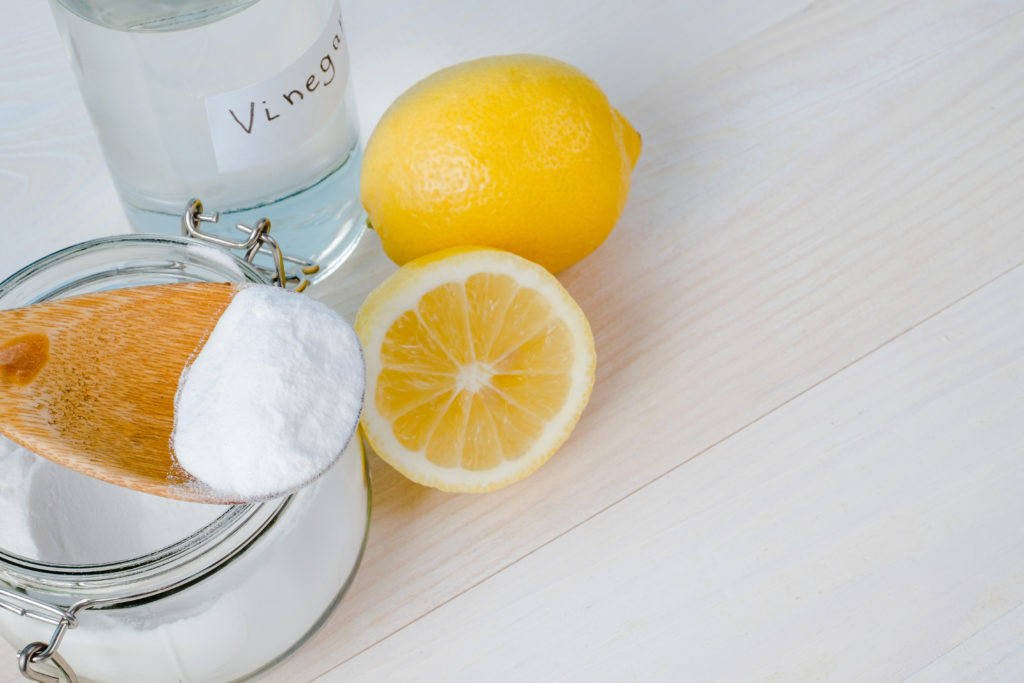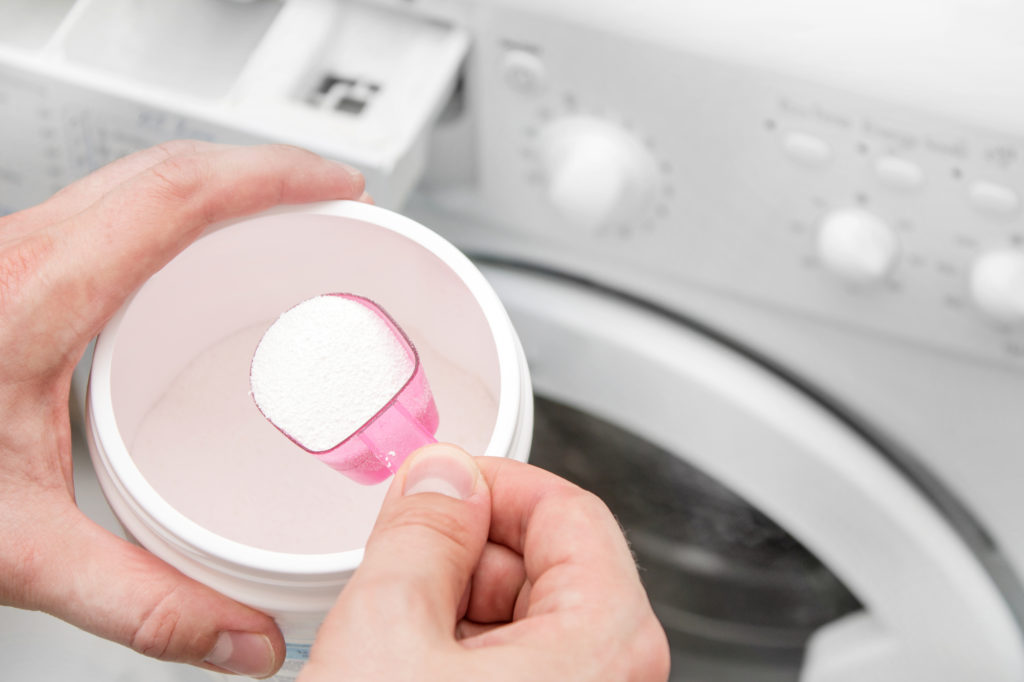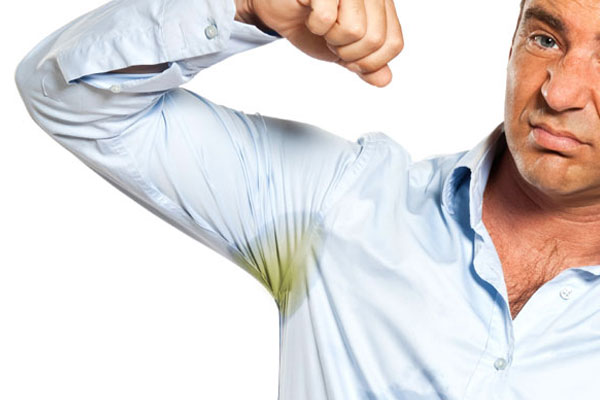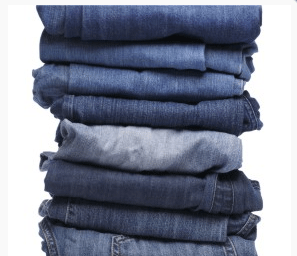- Uncategorized
- 31.10.2022
COMMON MISTAKES TO AVOID WHILE DOING YOUR LAUNDRY WITH A WASHING MACHINE (PART 1)
You may probably think you have mastered how to use your washing machine perfectly by now; conversely, sometimes your laundry comes out poorly washed or with an unpleasant odor. On top of that, your washing machine may be breaking down regularly, and you don’t really understand why. Here are some mistakes that may be the root cause of all those issues mentioned above that you must avoid while washing your clothes. Here are few mistakes to avoid when doing your laundry next time.
Mistake #1 – Removing labels from your clothes or not paying attention to the instructions
If your clothes come with labels, there’s a good reason for that. Although the label may irritate your skin, please try not to remove them, specially care & content labels, because they have valuable information about the washing instructions of your fabrics and need your full attention.
In addition to telling, you whether your clothes can be put in the washing machine, the labels remind you about the exact temperature to use in washing the selected fabric. It also tells you if your washed clothes can be ironed, air dried, thrown in the dryer and at what temperature. In summary, care labels are precious, and the best thing is to always keep them.
Mistake #2 – Putting too much detergent in your washing machine:
People tend to believe that the more detergent they put in their laundry, the cleaner it will come out of the machine, but it’s wrong! In addition to being bad for your skin, using too much detergent can damage your washing machine and cause it to overflow until your floor is covered in foams. So, put only the amount of detergent needed for your next planned laundry in a washing machine. If you are lost and want to know exactly how much detergent to use, remember to look at the instructions from your washing machine’s user manual or on the detergent container. The quantity of detergent used must be adapted according to several parameters such as the degree of soiling of the laundry, the quantity of clothes to be washed and so on.
Mistake #3 – Washing clothes with full pockets (without checking if they are empty):
A pocket can contain many things, for example, pebbles picked up from the park by your children, pliers and rubber bands forgotten in your jacket, or coins left in the back pockets of your jeans. Running your washing machine with your clothes’ pockets filled with different objects will not only damage valuable items but can also quickly damage the washing machine’s drain pump filter. If the pump is damaged, your washing machine may break down very often. In addition, remember to zip-up and button up your dresses and shirts so that they do not damage your washing machine or your other clothes.
Mistake #4 – Overfilling the washing machine drum:
A washing machine has a maximum capacity, this is also one of the main selection criteria when buying a new washing machine. Note that this maximum capacity corresponds to a specific type of fabric. Depending on the laundry material, the maximum capacity is not the same. Overloading your washing machine can have two main consequences: Your clothes will probably come out unwashed and with an unpleasant smell. There is a high risk of damaging your washing machine if you consistently overload it with more clothes than needed.
Mistake #5 – Washing your fragile laundry without nets:
As already mentioned above, it is advised to pay attention to the washing recommendations listed on the labels of your textiles because washing some unsuitable clothes in the machine or at a certain temperature can deteriorate them or even damage the washer. Small items of clothing such as socks, bras, or panties can slip into the tub-pump’s hose of your washing machine, which can eventually cause many breakdowns. To avoid this and to protect your small clothing items from damaging and stretching, put them in a net.
Here are a few general recommendations to keep in mind: for fragile clothes, sportswear, or even swimsuits, do not exceed 30°C. For sheets, towels, and cotton clothes, you can go up to 60°C. Finally, for very dirty laundry such as towels and rags, don’t hesitate to run a washing program at 90°C, adding a little white vinegar to the machine.
In case you need the help of professionals in the management of your laundry, Mr. Laundromat is the best choice for you.
Stay connected to discover more mistakes to avoid while doing laundry in our next post.






